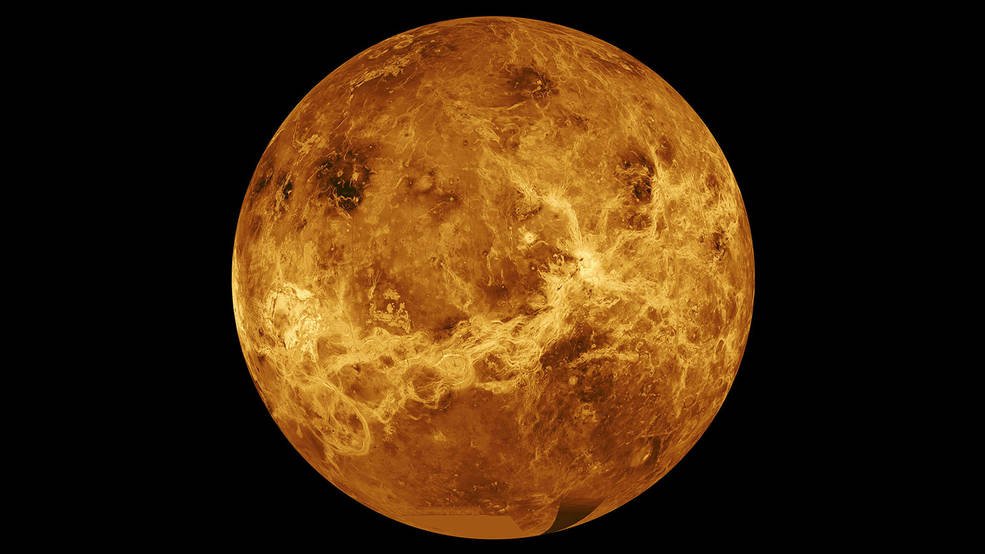With an average temperature of 464 degrees Celsius, Venus is not the most welcoming of the planets. However, NASA will send two missions there by the end of the decade, with the goal of finding out if life, at some point in history, was able to evolve there.
If exploration of Mars is on all minds, NASA does not want to forget about the other planets in the solar system and in particular Venus, which is sometimes called the “sister planet” of Earth: the two actually share many points. Common, such as diameter, mass, and proximity to the Sun. Venus is the second closest planet to the sun, and Earth is the third.
Two missions to learn more
NASA has given the green light for two missions to Venus, as part of the Discovery program, which consists in funding explorations with a “low” budget (we’re talking about $500 million each, which is nothing!). First of all, the Veritas probe will orbit the planet in 2028. It will need to map the surface of Venus, which will give scientists a better idea of the geology, topography and geography of the planet.
The 3D surface of Venus will be recreated to confirm volcanic activity and plate tectonics. The second mission, called DAVINCI+, is more ambitious. It will be launched in 2029 and will allow, on the one hand, to obtain close-up images of the surface of the planet; Next, a probe will be deployed in the atmosphere to measure the various chemical elements that make up it.
There is currently a theory in circulation that the atmosphere of Venus contains phosphine, an inorganic compound normally produced by living organisms. This theory is disputed in the scientific community, but DAVINCI+ will help solve this mystery. The main objective of these twin missions is to find out if Venus could be habitable at a particular moment in its history. Today, that’s impossible given its temperature, but perhaps life would have been possible.

“Hardcore beer fanatic. Falls down a lot. Professional coffee fan. Music ninja.”






More Stories
SALES / PHOTO SALES – Nikon D850 “5 Star” Bare Body Photo Body at €2,539.00
Discovering a new turning point under the Antarctic ice sheet! What are the consequences?
Record number for an insect!